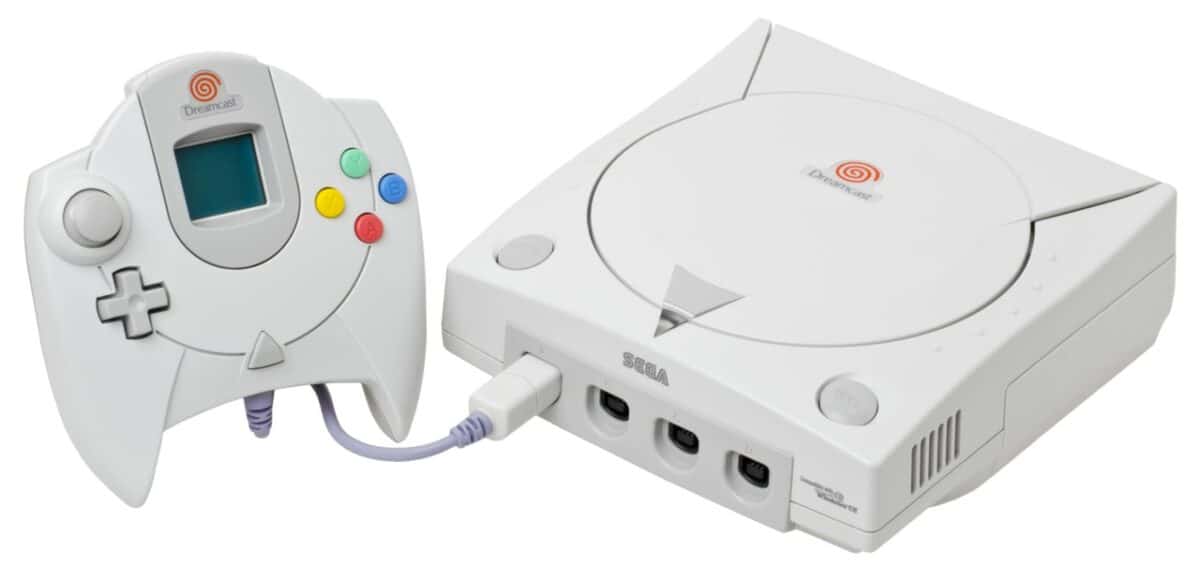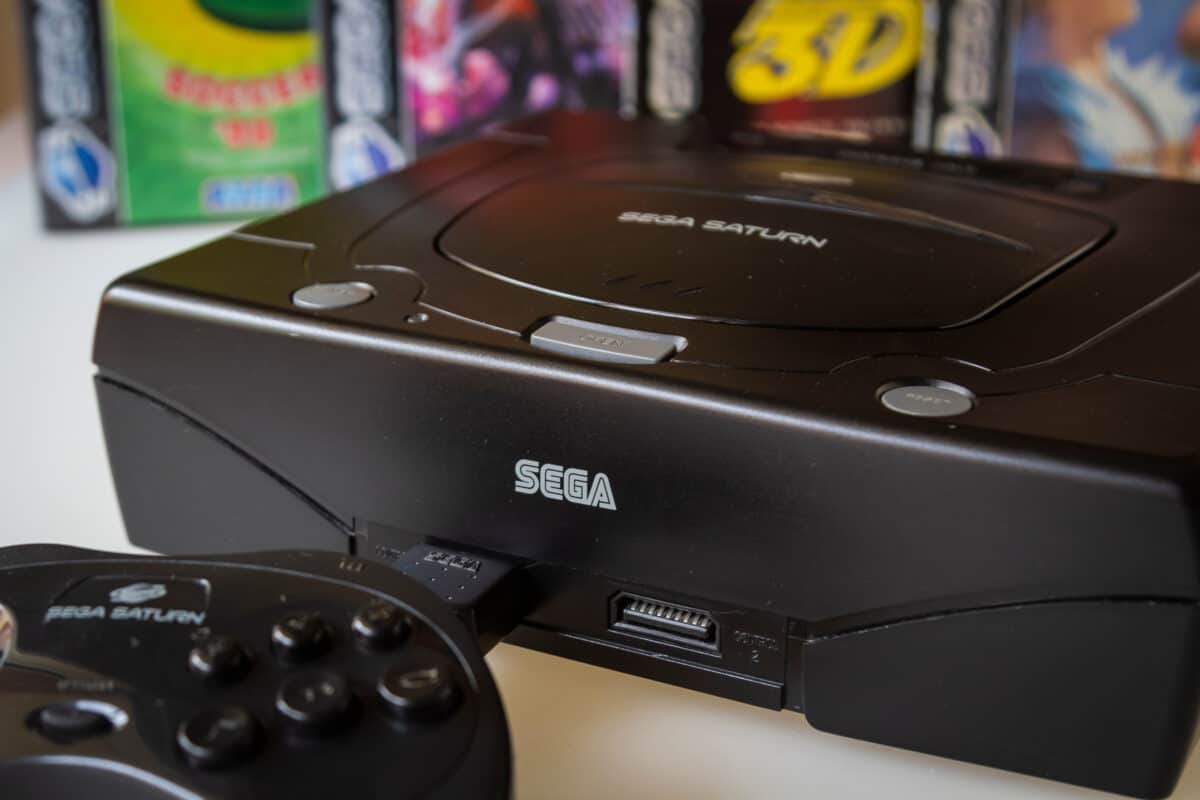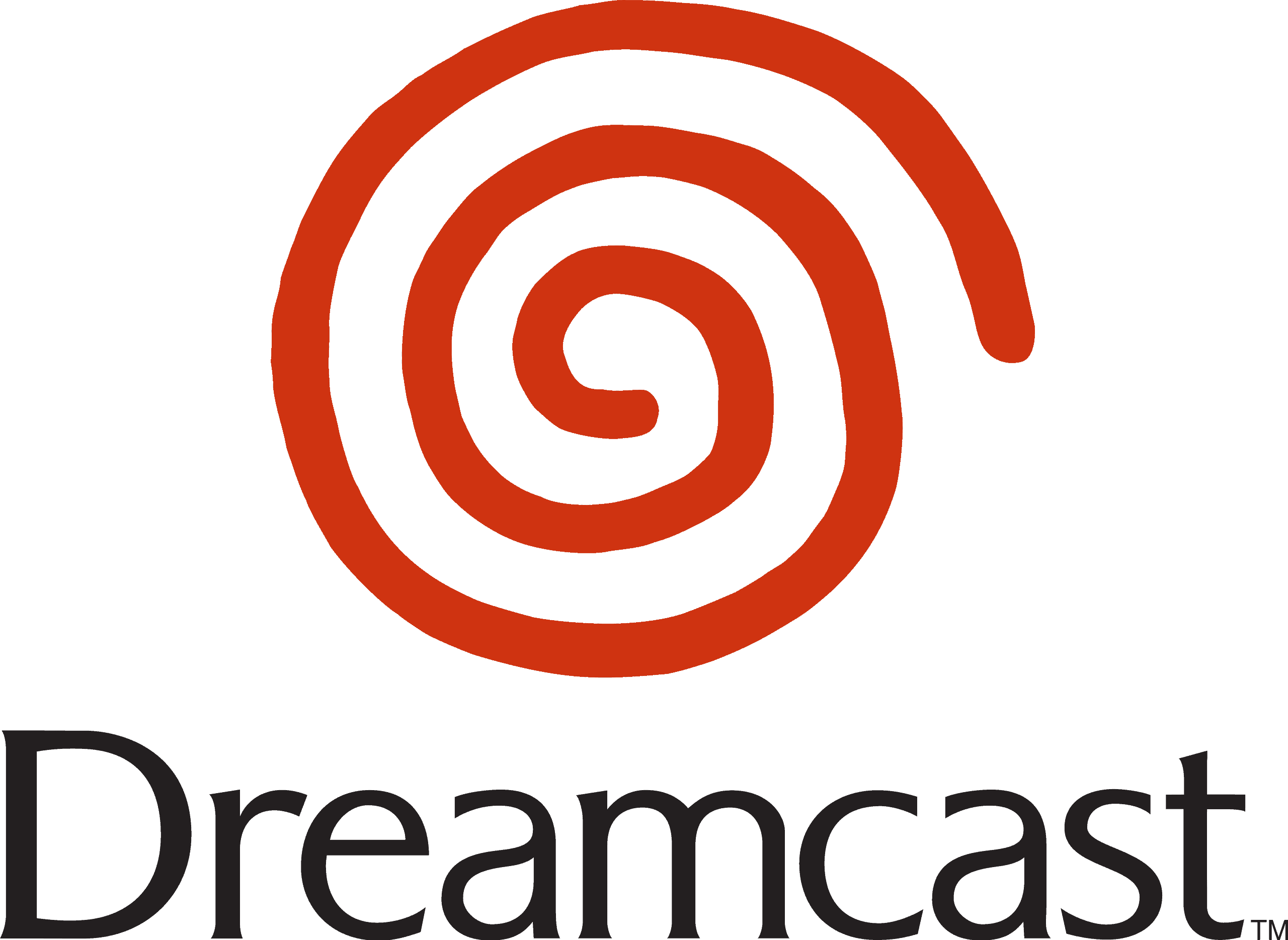The Sega Dreamcast was the first console to introduce online play. As the most powerful console of its generation, Dreamcast had some instant classic games. So, why was it a failure – and not just a failure but the company’s last console ever?
Multiple factors led to the downfall of the Dreamcast and Sega consoles. Despite its failure, the Sega Dreamcast remains a legendary console. Its mark on gaming history and future cannot be understated. So, let’s take a closer look at what the Sega Dreamcast was and why it failed.
Quick Facts
- Release Date
- 09/09/2009
- Original price
- $199
- Discontinued
- 21/03/2001
- Units Sold
- 9.13 million
5 Facts about Sega Dreamcast
- Sega Dreamcast was the first console to feature online play
- It was the first to have a 128-bit arcade-quality vector graphics engine
- Dreamcast was more powerful than both the PlayStation and Nintendo 64
- It was Sega’s last console
- Dreamcast was considered a huge success in Japan
Dreamcast Specs

The Dreamcast was Sega’s most ambitious console. It utilized a Hitachi SH-4 32-bit RISC processor with a clock speed of 200 MHz. It also had a 128-bit floating point unit (or FPU) and a 100 MHz NEC PowerVR2 GPU. That’s a lot of technical jargon to say that the Sega Dreamcast was a powerhouse.
It played games using GD-ROM, which could hold more data than the industry standard CD-ROMs of the time. These disks could store up to 1 GB, which was unheard of in 1998. The console famously included online play as well. It was the first console to do so, unless you count the 64DD but really, who does?
Dreamcast included an ethernet port on the back, allowing players to hardwire into their own internet service. Owners could also purchase a broadband adapter for increased speeds for an extra $50.
Controller and VMU
The Dreamcast controller took after the design of the Saturn 3D controller. It was taller and thinner than the previous controller, with one analog stick, D-pad, face buttons, and two analog triggers. The controller was considered a downgrade by critics, citing the discomfort it caused players.
While the controller was not well-liked, it did have one feature that turned heads. The VMU, or Virtual Memory Unit, was how Dreamcast stored data. The VMU itself was a small cartridge that slotted into the top of the Dreamcast controller. These memory cards could hold up to 128 KB of data.
The VMU also had a small LCD screen that came on when connected to the controller. Different games had different content that would project to the VMU. For some, it was minimaps. Others would have inventory or other HUD information. You could also play mini-games on the VMU without the Dreamcast at all, making it technically a handheld console as well.
Sega Dreamcast: Where to buy
The Sega Dreamcast was discontinued in 2001, but it has remained a sought-after collector’s item. Finding a Dreamcast new is next to impossible but you can get your hands on a refurbished unit. We were able to find a console that was in decent shape on Amazon for $154.93
There is also a refurbished unit available through Amazon Refurbished. That console is 171.49. Both come with controllers but no games. Those are just the best two we could find. There are a ton of Dreamcasts for sale online. Your mileage may vary on the quality, though, and you can expect to pay anywhere between $75 – $250 depending on what’s included and who is selling.
The History of Dreamcast: What to know
You can’t talk about the history of the Dreamcast without first talking about Sega Saturn. Dreamcast was a solid console and saw some success. However, Sega was already in the hole, and Dreamcast did little to dig it out. Saturn was the first step on that path to ruin.
Sega Saturn

The launch of Sega Saturn should be taught in Marketing classes across the world. Not because it was great but because it was one of the biggest failures in recent memory. In order to get out ahead of PlayStation’s imminent release, the brains at Sega devised a plan. They would make the Sega Saturn console available during the announcement at E3. But what was supposed to be the mic drop of the century blew up in Sega’s face.
At E3, Sega announced that Saturn was available for purchase right then. The problem was they had neglected to tell retailers and game studios of the accelerated release schedule. They were not happy. Retailers were not prepared for the release and ran out almost immediately. Game studios were furious as many of them hoped to launch alongside the release of the Saturn.
It’s safe to say that the Sega Saturn went on to be a failure. The company lost millions on the console and received a black eye they wouldn’t soon live down.
Dreamcast Development
After the fiasco that was the Saturn launch and the entire run, Sega needed something big. They set their sights on the next generation of consoles and wanted to create something truly cutting-edge. They decided to build on the powerful Sega Naomi board, which was used in arcades at the time.
The plan was to deliver 3D graphics realized, unlike anyone had ever done before. They initially created two prototypes, the “black belt” version and the “white belt” version. Both used the same chip, the Hitachi SH-4, but the difference was the graphics processor. The black belt team used 3dfx’s Voodoo 2 graphics processor, whereas the white belt team used the NEC PowerVR2, the chip that would eventually be chosen.
Once the team had the design solidified, the Dreamcast was ready for production. That’s where things got a little hairy.
Japanese Launch and Production
The Sega Dreamcast hit store shelves in Japan on November 27th, 1998. The console enjoyed moderate success for a time. On paper, things looked great. Consoles completely sold out in the first few weeks, and they could barely keep up with orders.
The truth was that Dreamcast was doomed from the start. Because the hardware of the Dreamcast was so advanced, it was very expensive to produce. So expensive that Sega had to sell the console at a loss. This means Sega had to make up the revenue with software sales.
The best way to do that was to release the console in the US in the hopes that the software sales from the two giant markets would make up for the loss.
North American Launch
The Sega Dreamcast was released on September 9th, 1999, in the US. It did strong sales at first due to the launch titles Sonic Adventures, Soulcalibur, and Ready 2 Rumble. It even managed to outsell the PS2 in 2000 due to this strong launch, but it wouldn’t save Sega.
The Dreamcast was still selling at a loss, and software sales didn’t reach the heights that Sega needed to make the console viable. The writing was on the wall for Sega, and many fans wondered what their next move would be.
Dreamcast Discontinued and Sega’s Exit from Consoles
After another season of missed sales goals and piles of consoles gathering dust in warehouses, Sega threw in the towel. In March 2001, Sega announced that it would discontinue the system and exit the hardware game altogether. The remaining Dreamcasts were sold at a massively discounted rate, and that was that.
Dreamcast Versions Each Edition
The Sega Dreamcast had a short life, and there was only really one version of the console. That said, the console did have a number of different models. We’ll enumerate those below.
The Divers 2000 Series CX-1
One variation of the Dreamcast was, literally, a TV shaped like Sonic’s head. The Dreamcast was built into the television and included a specialized controller. Only 5000 units were ever produced, and it remained a Japanese-only product.
The Hello Kitty Console
In a bid to capture more of the female gamer market, Sega produced a Hello Kitty-themed Dreamcast. The console, controller, and keyboard were all translucent pink. Only 2000 units were ever produced and sold in Japan.
The Special Editions
In Japan, Dreamcast consoles with different colors were sold through the Sega mail-in service. Sega also produced special editions for the game Seaman and Resident Evil: Code Veronica. The Seaman version was translucent gold with the game’s logo on the top, while the Resident Evil version was translucent red with no other logo.
The public response
Despite being discontinued prematurely, Dreamcast was well-regarded by fans. The controller had its detractors, but the game lineup, the interesting features, and next-gen graphics endured it to a generation of gamers.
The console was a victim of circumstance. Sega had bet big on Saturn and lost. They bet big on the Dreamcast, and it blew up in their faces. Still, the console is a legend and deserves its place among the gaming console pantheon.
The image featured at the top of this post is ©Sega, Public domain, via Wikimedia Commons.

